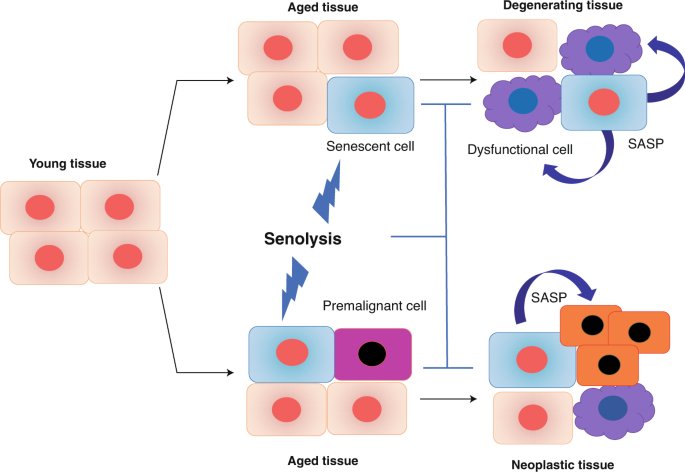
onlinelibrary.wiley.com
What does androgenetic alopecia have to do with COVID‐19? An insight into a potential new therapy
In late 2019, a novel coronavirus, subsequently named SARS‐CoV‐2 (COVID‐19), was first reported in Hubei province in China. Since it was first reported, a worldwide pandemic has ensued affecting more than 450 000 individuals as of March 2020. In the midst of the pandemic, epidemiological reports unveiled a disproportionate low rate of severe cases among adult females compared to adult males, 42% and 58%, respectively.
1 Similarly, the rate of severe cases among pre‐pubescent children was exceptionally low at 0.6%.
1 An explanation for the skewed prevalence of severe COVID‐19 infection in adult males has yet to be elucidated.
In newborns, it has long been recognized that male infants are more susceptible to respiratory distress syndrome
2 and less likely to respond to prenatal glucocorticoid therapy to protect against respiratory distress.
3 Respiratory distress is intimately tied to the production of pulmonary surfactant, for example, pulmonary surfactant proteins have been demonstrated to protect against influenza A.
4 In animal studies, it was demonstrated that a sexual dimorphism in fetal pulmonary surfactant production is influenced by the androgen receptor (AR).
5 For example, in rabbits, dihydrotestosterone was shown to inhibit fetal pulmonary surfactant production in both males and females while an anti‐androgen, flutamide, was demonstrated to remove the sexual dimorphism in surfactant production.
3While severe COVID‐19 symptoms are primarily manifested in older adults, the similar sexual dimorphism in the severity of respiratory disease is of interest. In addition, AR expression is low prior to pubertal maturation and may contribute to the low incidence of severe COVID‐19 infection in children.
6-
8 As such, we propose that the lower rate of severe COVID‐19 infection in female patients may be attributed to lower AR expression.
9,
10
Additional evidence to the possible implication of androgens in COVID‐19 infection severity is found in the molecular mechanism required for SARS‐CoV‐2 infectivity. SARS‐CoV‐2 is part of the coronavirus family of viruses including SARS‐CoV‐1 and MERS‐CoV. Coronavirus predominantly infects type II pneumocytes in the human lung.
11 Previously, it was demonstrated that SARS‐CoV‐2 cell entry depends on priming of a viral spike surface protein by transmembrane protease serine 2 (TMPRSS2) present in the host.
12,
13 In type II pneumocytes, TMPRSS2 expression is associated with an increase in AR expression,
14specifically connecting AR expression to SARS‐CoV‐2, due to AR‐regulated TMPRSS2 gene promoter (Figure
1).
15 Moreover, angiotensin‐converting enzyme 2 (ACE2) has been recognized as the attachment molecule to the viral spike surface protein, thus termed the “receptor of SARS‐CoV‐2”.
16 Interestingly, ACE2 has been shown to have reduced activity by the decrease of androgen hormones (experimental orchidectomy), possibly by decreased expression of ACE2.
17
To test this hypothesis, it would be informative to study the epidemiology of COVID‐19 patients that are predisposed to either lower or higher AR expression, such as, males suffering from androgenetic alopecia, benign prostatic hyperplasia, or women suffering from polycystic ovary syndrome. In addition, analyzing ethnic variation in AR expression may predict COVID‐19 ethnic mortality differences. Additionally, the activation of AR can be reduced by several classes of drugs including AR antagonists, androgen synthesis inhibitors, and antigonadotropins. For example, the FDA‐approved 5‐alpha reductase inhibitor finasteride demonstrated reduction of activation of AR in multiple tissues.
10 Other potential drugs that could be studied include: cyproterone acetate, megestrol acetate, chlormadinone acetate, spironolactone, medrogestone, oxendolone, osaterone, bifluranol acetate, flutamide, bicalutamide, nilutamide, topilutamide, enzalutamide, apalutamide, dienogest, drospirenone, medrogestone, nomegestrol acetate, promegestone, trimegestone, ketoconazole, abiraterone acetate, seviteronel, aminoglutethimide, dutasteride, epristeride, alfaestradiol, and isotretinoin. Taken together, the evidence warrants further studies to elucidate the role (if any) of the AR on the severity of COVID‐19 infection.

 www.sciencedirect.com
www.sciencedirect.com






